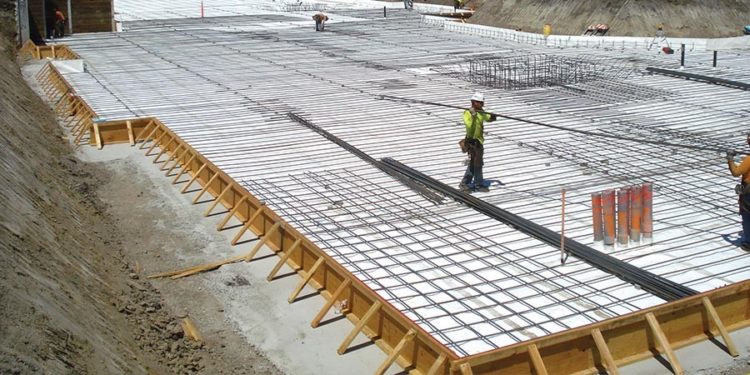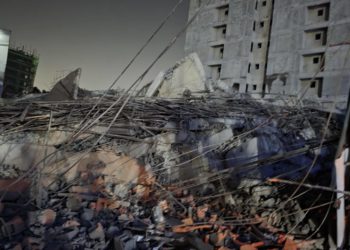Waterproofing is the process of making a structure waterproof or water-resistant so that it remains unaffected by dampness. It may also involve using a combination of materials to prevent water intrusion into the structural elements of a building. Water seepage into a building can lead to mold growth, causing significant damage and air quality issues.
Waterproofing is generally required for basements, walls, bathrooms, kitchens, balconies, terraces, roofs, water tanks, swimming pools, etc. Commonly used materials for waterproofing in buildings include cementitious material, bituminous material, and polyurethane liquid membrane.
Polyurethane Liquid Membrane: This method of waterproofing is used for flat roof areas exposed to weathering. This waterproofing method is more expensive compared to other options for roofs.
Cementitious Waterproofing: This is the easiest method of waterproofing in construction. It is often used in internal wet areas such as toilets. A common cementitious waterproofing material is Vandex. It has been used in the toilet areas for the housing units at major developments
Bituminous Waterproofing: A bituminous waterproofing membrane is mostly used for reinforced concrete roof waterproofing. The bituminous waterproofing membranes come in rolls, which are then unfolded on site and laid firmly on the surface with tar-based adhesives using blowtorches. APP (Atactic Polypropylene) is the common bituminous type of waterproofing used. It is applied on terraces, gardens, and gutters.
Polyethylene Sheets: These sheets come in different gauges and are laid as DPC (damp-proof course) and DPM (damp-proof membrane). DPM is done under the BRC layer before casting the ground slabs. DPC, on the other hand, is done after casting the ground slab; the sheet is laid along the line where the masonry stone will be erected.
In conclusion, effective waterproofing is essential for maintaining the integrity and longevity of a building. By choosing the appropriate materials and methods, such as polyurethane liquid membrane, cementitious waterproofing, bituminous membranes, and polyethylene sheets, builders can ensure that structures are protected against water damage. Proper waterproofing not only prevents structural deterioration but also enhances indoor air quality by mitigating mold growth. Therefore, investing in quality waterproofing solutions is a crucial step in construction that pays off in the long term.


















